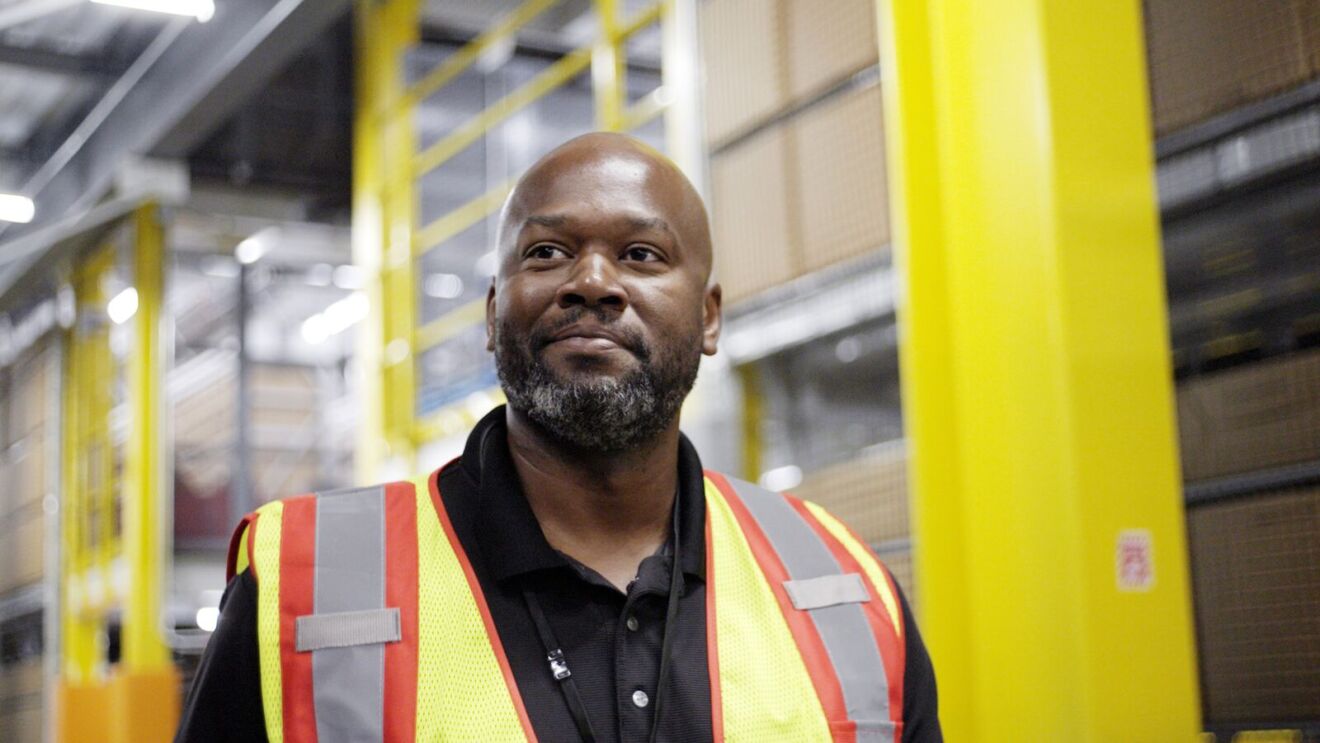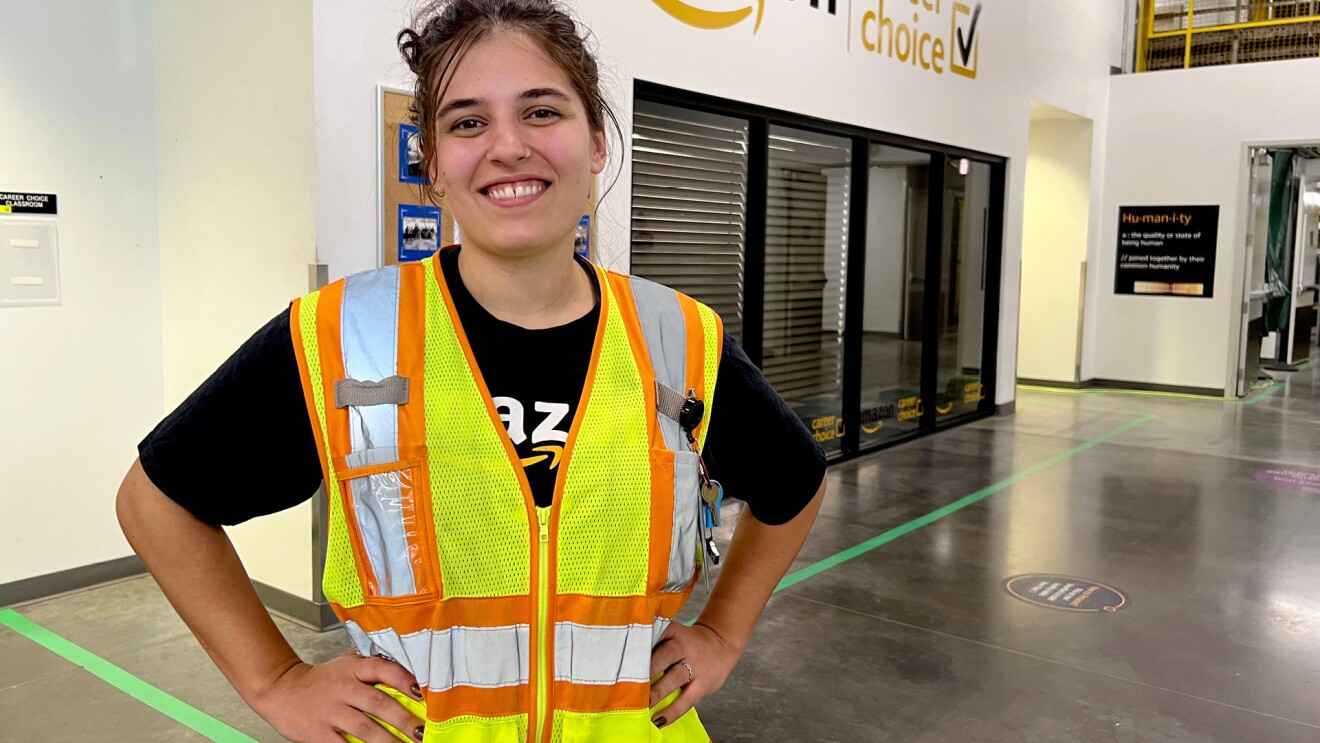As part of our efforts to continuously improve our employee experience, today we shared the results of our annual internal Tech Survey. These results are sent to builders across the company in technical job families who shared their experience, ability to innovate, and culture of customer obsession as part of the survey. The effort is driven by developers, for developers, and has been a part of Amazon’s builder culture for 16 years.
The survey was again administered this year by the Amazon Software Builder Experience (ASBX) team, led by ASBX VP Eric Docktor, who shared the following email with employees today.
Teams,
I’m pleased to announce that the results of the 2023 Amazon Tech Survey are now available. The survey seeks input from employees in the Science, Technology, and Engineering communities and, for the second year, was administered by the Amazon Software Builder Experience team (ASBX). ASBX was formed last year with the primary goal of making it easier for you to build, every day, and the survey is a tool we make available to you to help you make the right investments for your teams.
We’re excited to be making progress across a number of dimensions to help improve your builder experience. For example, builders reported that mean hours spent on undifferentiated tasks went down by 15%. Mean hours lost to unblocking failed tests reduced by 10%. And we’ve improved the flow of Pipelines both with improvements to our tools to address reasons why Pipelines stop, as well as highlighted for you what you can do to improve your Pipeline flow. As a result, Pipeline Operator Interventions—a measure of how many times you have to unstick a stuck deployment Pipeline—are down over 30% this year. We’ve also studied sev2s tickets and found many were being created without any real action needed, and by removing these extraneous tickets and escalations, total sev2 tickets across the company is down over 20% this year.
Though we know we still have significant work to do, this is the right direction for these metrics and reflects the work you and your teams have done to improve the builder experience, as well as the effectiveness of some of the work we’ve undertaken on your behalf in the ASBX team.
We work hard each year to improve the Tech Survey to make it a valuable tool. Last year, for the first time, we released benchmarking tools to help managers better navigate through the data by pointing out the most important and actionable information about their organizations, and we got positive feedback that this helped improve usability of the Tech Survey. Based on that feedback, we’ve decided this year to further improve our benchmarking tools, and provide them for everyone. We’ve built a new benchmarking score that you can use to compare your team to those with similar characteristics to your own. We think this is a better comparison to draw actionable insights than comparing to larger, more heterogeneous organizations because we know that teams with different types of technology, constraints, and missions will see different results. With that in mind, we no longer support comparisons to larger organizations. This gives everyone a more relevant and actionable basis for learning, reflecting what we believe to be the strongest application of the Tech Survey data.
We hope you find these changes to the Tech Survey helpful for your organization, and we look forward to hearing about your findings and experiences. Your contributions are valuable to us as we shape the overall builder experience together.
Let’s keep building,
Eric
Trending news and stories
- Everything you need to know about ‘Thursday Night Football’ on Prime Video
- ‘Thursday Night Football’ 2025 schedule: How to watch live on Prime Video
- How to watch ‘Oh. What. Fun.’ on Prime Video
- How Amazon Pharmacy has helped customers save more than $100 million on prescription medications like GLP-1s and insulin










